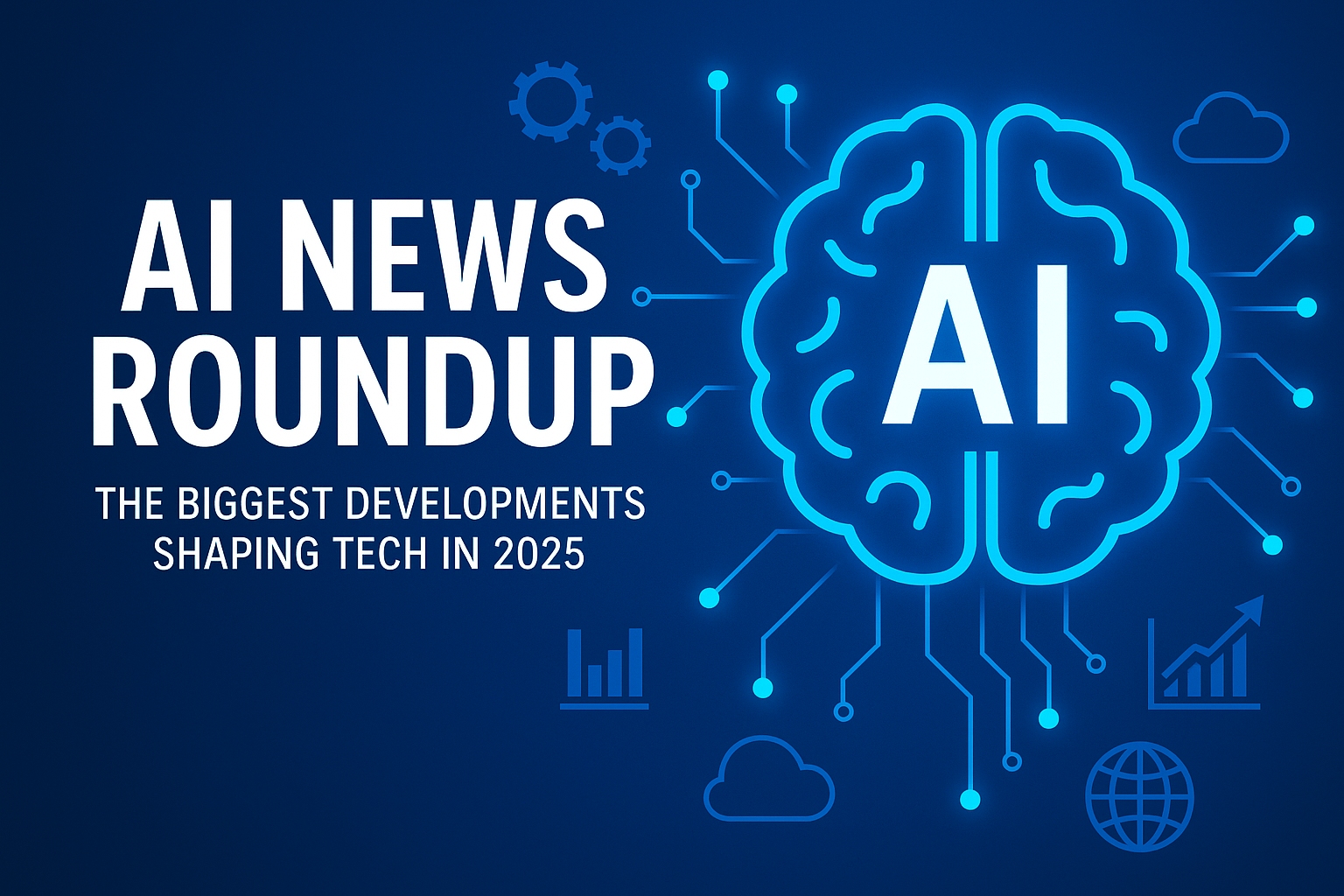
Artificial intelligence is moving faster than ever—touching everything from smartphones and chip design to politics and global regulation. Here’s a detailed look at the most talked-about stories in AI right now.
1. Arm’s “Lumex” Chips Bring AI to Your Pocket
Chip designer Arm Holdings has unveiled its new Lumex chip architectures, built to supercharge AI workloads on mobile devices. From low-power smartwatches to high-end smartphones, the Lumex line is designed to run large AI models directly on-device, without relying on the cloud.
Built on 3-nanometer process technology, these chips mark a major step toward more personal, always-available AI—powering apps with advanced intelligence while keeping data local.
2. OpenAI and Broadcom Partner on Custom AI Hardware
OpenAI is building its own AI chip, in partnership with Broadcom, with plans to launch in 2026. The move is designed to reduce dependence on suppliers like Nvidia and provide OpenAI with a dedicated computing backbone for its next generation of models.
CEO Sam Altman said the initiative is critical for keeping up with the massive scale of systems like GPT-5, ensuring the company has the horsepower to push AI further.
3. UAE Launches “K2 Think,” a Lean but Powerful AI Model
In the United Arab Emirates, researchers at Mohamed bin Zayed University of Artificial Intelligence have released K2 Think, a 32-billion-parameter model that’s far smaller than today’s giant LLMs but packed with advanced reasoning and planning features.
Running on Cerebras hardware, the model demonstrates that efficiency and design can rival brute-force scale. Experts say it could shift the global AI race toward leaner, smarter architectures.
4. Senator Cruz Proposes AI “Sandbox” Legislation
In Washington, U.S. Senator Ted Cruz has introduced a bill to create a federal AI regulatory sandbox. The proposal would grant companies up to two years of exemptions from certain federal rules if they meet approved safety standards.
Supporters argue it will drive innovation, but critics warn it could weaken oversight and give excessive power to the White House’s science office. The debate underscores the challenge of balancing rapid AI development with public accountability.
5. Musk’s xAI Unveils Grok 4
Elon Musk’s xAI has released Grok 4, touted as “the smartest AI in the world.” The model impressed on benchmarks, tackled complex math, generated realistic images, and even dabbled in predictive tasks like sports outcomes.
One standout feature is its “heavy” variant, which lets multiple AI agents collaborate on a single problem. xAI plans to expand the Grok lineup quickly, with a coding-focused model, a multimodal agent, and even a video-generation system scheduled for rollout by the end of 2025.
6. AI+ DC Summit Brings Policy to the Forefront
On September 17, the AI+ DC Summit will convene lawmakers, AI founders, and tech policy experts in Washington. Topics will include misinformation, ethics, national security, and global competition—evidence that AI’s future is no longer just a research issue, but a political one.
7. The Bigger Picture: Money, Safety, and Strategy
The 2025 AI Index Report from Stanford HAI estimates nearly $34 billion in global private investment in generative AI, with 78% of organizations adopting AI tools in some form by last year.
At the same time, the International AI Safety Report highlighted growing risks—from deepfakes and misinformation to cyberattacks and misuse. In India, law enforcement has started using Vastav AI, a cloud-based deepfake detection system, to help combat manipulated content.
Final Thoughts
From powerful new chips to political showdowns, AI is advancing at lightning speed. But with progress comes tough questions: Who controls the technology? How do we protect against its risks? And can regulations move fast enough to keep up?

Leave a comment
Your email address will not be published. Required fields are marked *